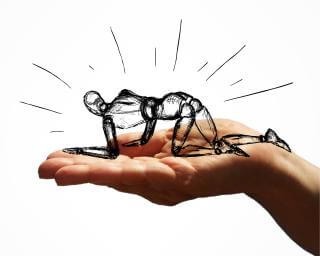Introduction
Teaching is both a skill and an art form. Creating an environment that supports student exploration and growth can be a daunting endeavor especially when the topics of conversation are challenging. Creating a safe space where people feel comfortable to share their perspectives on sensitive issues is difficult. In the classes I teach, I often focus conversations regarding the impact of –ism’s – i.e. racism, sexism, classism, etc. – on thoughts and actions. It’s often challenging to facilitate open and honest discussions on subjects like these not only because the topics are sensitive to address, but because students are hesitant to share personal perspectives for fear of offending classmates.

Often my students will say things like, “Dr. Van Mullem….Why do we have to talk about this stuff? These things (i.e. racism, sexism, classism, etc.) are no longer a problem.” Many people are uncomfortable with exploring societal –isms because the -isms, in fact still are a problem. Society continues to battle prejudice every day.


